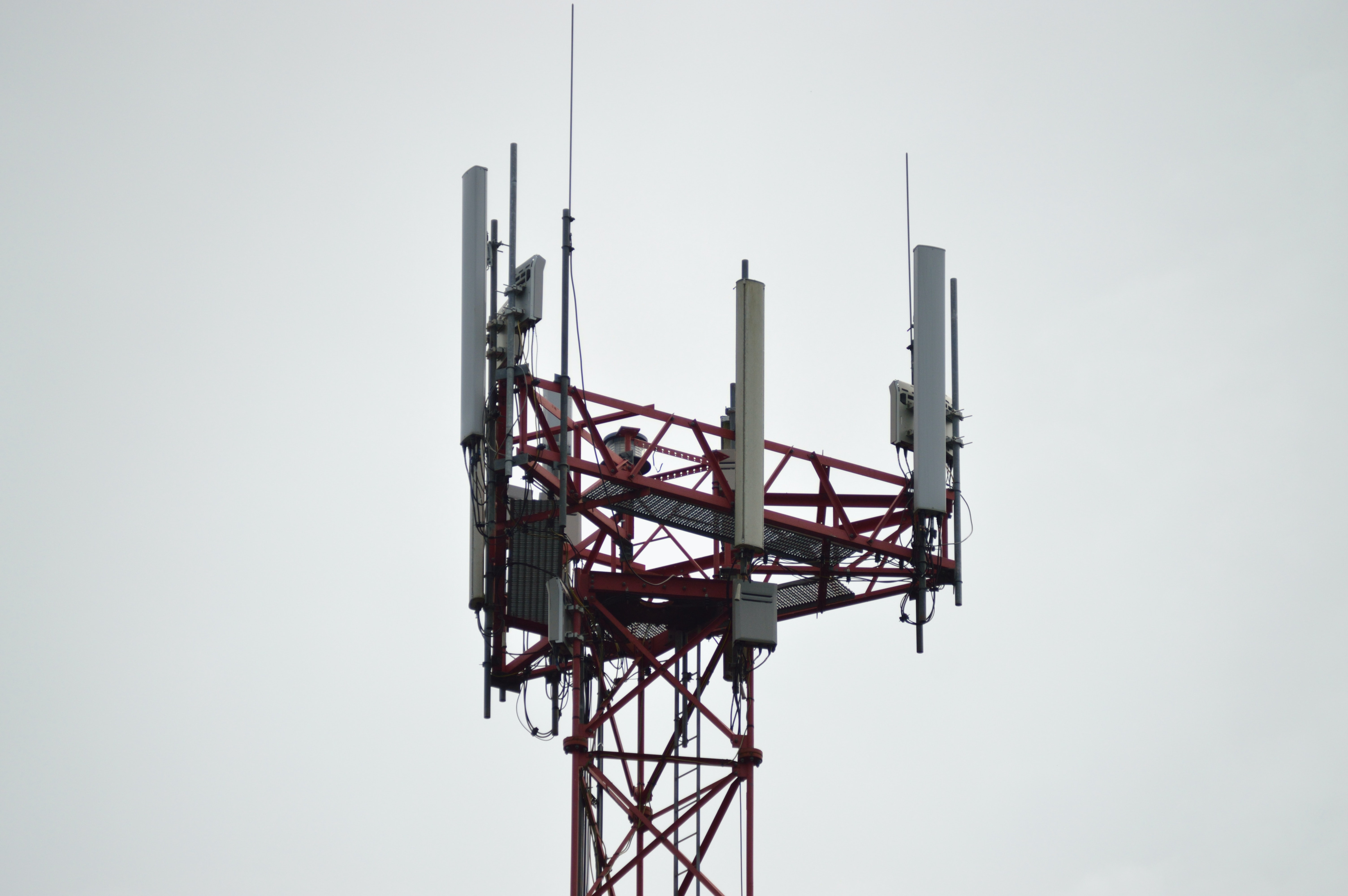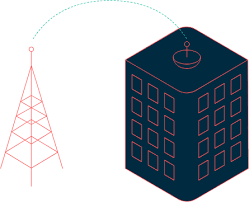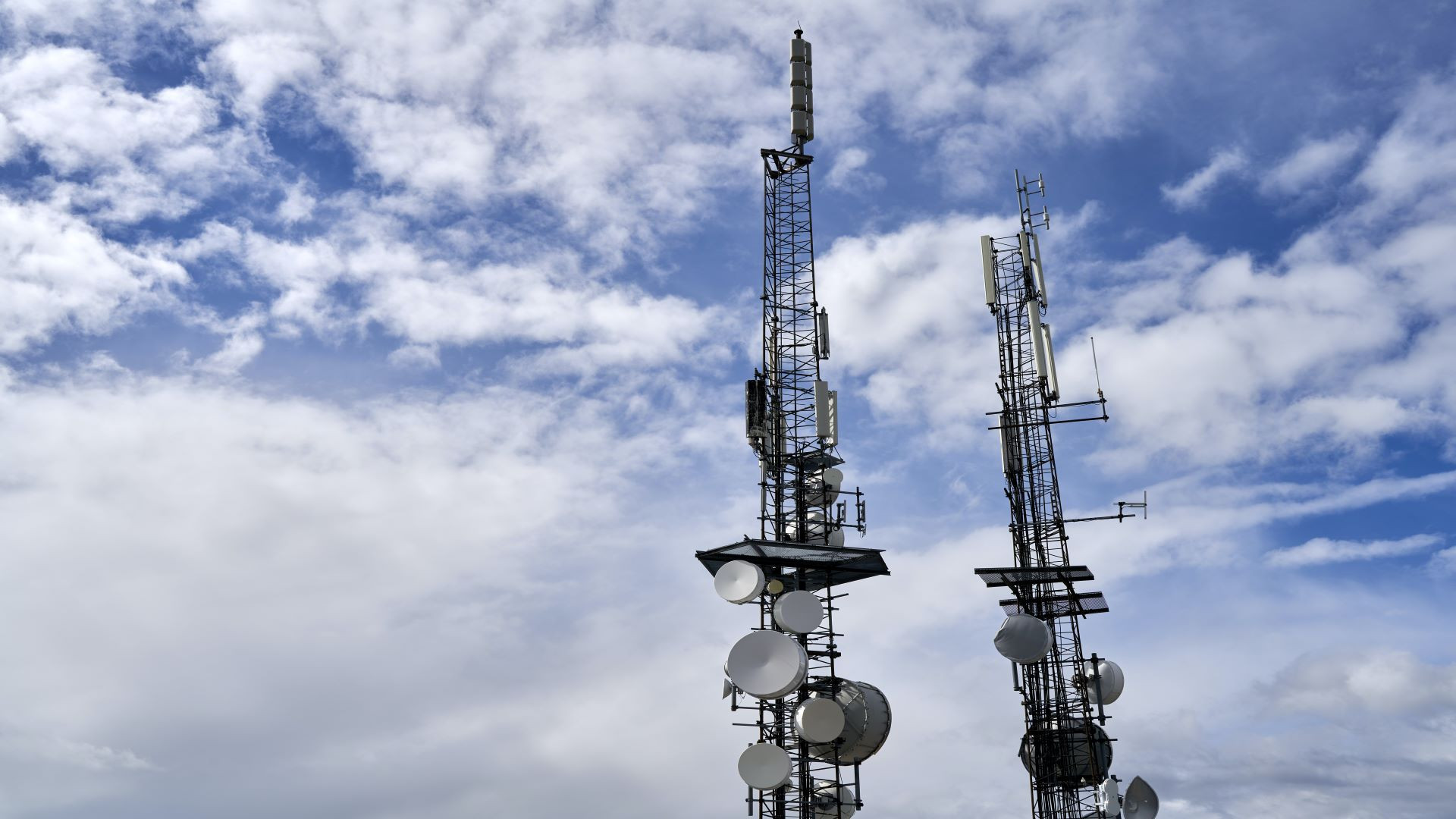Request a
Quote
Many cellphone users saw the rise of 2G, 3G, and 4G in their lifetime. Now, 5G phones are more capable than laptops available on the market. The progression of cellphones has put an increasing demand on cellphone companies to keep their networks flexible for future technology. There is a decreased need for older technologies, which has led many users to ask will 3G phones still work in 2021?
In addition, because of the increasing amount of 5G phones for sale, communication companies want to free up infrastructure for more 4G and 5G capabilities, which will lead to a complete 3G phase-out. How will this affect consumers, especially elderly consumers who rely on their cellphones for their needs? Keep reading further to learn what to expect from implementing 5G technology.
What Are the G’s of Telecommunication?
3G phase-out is a natural process and the next step for many companies because it will fully enable their 5G capabilities and speed up the 4G LTE technology. At this point, many consumers are asking themselves, will 3G phones work at all in 2021?
Yes, 3G still works, but newer technologies are more efficient, and switching to these technologies would get more customers on a centralized system. In addition, 3G requires different signal frequencies, which means cost-prohibitive measures to keep equipment maintained.
The list below accurately shows the timeline of wireless evolution.
- 1979 - 1G or Analog Technology
- 1991 - 2G or Text Messaging
- 1998 - 3G Technology or Mobile and Wireless Internet Connection
- 2008 - 4G wireless or Cloud, IP, and Truly Mobile Broadband
- 2019 - 5G wireless or Unlimited Data Capacity
Companies refer to retiring old wireless technology as ‘sunsetting.’
When Will 3G Shutdown Occur And How Many Will Be Impacted?
Many leading cellphone carriers have scheduled a 3G shutdown in 2022, though in different timeframes. These shutdowns might happen as early as January 1st, 2022, but depending on the carrier, the timescale could change.
How Many Are Impacted?
In 2018, nearly 20 percent of Americans were still using 3G networks. This will undoubtedly affect many who still rely on emergency devices that utilize 3G, especially elderly consumers who use these devices to stay connected. Unfortunately, replacing these devices and preparing everyone for the shutdown is difficult due to the pandemic.
What Carriers Are Involved With the Shutdown?
While the shutdown is already happening, these leading carriers will phase out 3G at different times to prepare as many customers as possible.
- The AT&T 3G shutdown is scheduled to finish by February 2022.
- The Verizon 3G shutdown is scheduled to finish by December 31, 2022.
- T-Mobile announced that it would shut down all of its 3G systems. For instance, the Sprint 3G shutdown will be finished by March 31, 2022. Also, Sprint’s 4G LTE network will shut down by June 30, 2022. Lastly, T-Mobile will also shut down its 3G UMTS network by July 1, 2022.
In addition, other carriers like Cricket, Boost, Straight Talk, and Lifeline utilize these main networks and will also be affected.
What Does This Mean For 3G Customers?
These sweeping changes will likely require consumers to upgrade their devices to newer VoLTE (HD Voice) models. Consumers’ best course of action is to contact their service provider directly to work on a solution. However, with AT&T shutting down 3G, customers are forced to consider other options. Unfortunately, if they do not upgrade their phones or purchase newer models, they will lose the ability to reach 911 in an emergency. Not to mention that the AT&T 3G network shutdown will limit the current options for users.
Like those who use Tracfone, Prepaid customers will get to keep their current plans and benefits. Some other carriers like Sprint and T-Mobile offer discounts to anyone at least 55 years old. After the Verizon 3G shutdown date, many older consumers may flock to their 55+ unlimited plans. However, AT&T also has a Senior Nation Plan that is affordable and available to anyone over 65.
Will Customers Need To Buy New Phones?
Each consumer’s situation is complex and must be evaluated based on their carrier’s policies. However, even with the imminent changes, some current cellphones are VoLTE-capable and wouldn’t require the user to purchase a new cellphone. Present plant types with VoLTE or 5G are:
- Talk and Text Phone Plans - for people who only use their phones for talking and texting.
- Unlimited Phone Plans - if seniors are tech-savvy and want to use apps, watch videos, or make a lot of calls, then these plans are great.
- Prepaid Cellphone Plans - an option paid upfront that affords the user stable, no-surprise bills.
- No Contract Plans - providers offer affordable plan options with no long-term contracts or early terminations fees.
Below is a table that describes the pricing structure for standard plans for carriers.
|
|
Verizon
|
T-Mobile
|
Republic Wireless
|
Consumer Cellular
|
Mint Mobile
|
|
Monthly Cost
|
Start Unlimited - $30
|
Senior Plans (55+) $27-$45
|
Unlimited Talk/Text $15
|
Unlimited Talk/Text/3GB data
$25
|
4GB prepaid data $15/3mos for $45
|
Additional resources are available for elderly or low-income customers. For instance, the FCC Lifeline program ensures that low-income customers can access cell phones by providing discounted services. In addition, the Emergency Broadband Benefit Program, also offered by the FCC, offers a $50 per month discount during the COVID-19 pandemic for those who qualify.
How Long Before 5G is Mandatory?
With the evolution of 5G phones, many consumers wonder when will 4G be phased out as well? However, unlike 3G technology, 4G wireless service is more flexible and affordable than 5G networks. In addition, it is a proven technology that will accommodate LTE devices with low data transmissibility to devices with higher data transfer rates.
Therefore, companies can still invest in 4G technology, even as they upgrade and plan for 5G.
When Can We Expect the 4G Shutdown?
Many experts say that 4G is expected to last another decade at the very least; the first 4G sunset announcements aren’t expected until 2030. So, there’s plenty of time to work out the bugs. Still, carriers are scrambling to get their 5G networks in order, but doing so, will require time and billions of dollars in annual infrastructure investment.
What Is the Major Difference Between 4G and 5G?
The three main differences between 4G and 5G are speed, latency, and capacity.
- Speed - 5G is expected to be 100 times faster than 4G. This means a 2-hour film could be downloaded in about 10 seconds versus the 7 minutes it would take on 4G networks.
- Capacity - 5G is also expected to handle many more devices on the network at once. 4G currently struggles with taking large amounts of wireless traffic.
- Latency - is when a text message is sent and then registered on another phone. 5G would virtually make this zero.
When will the 5G Rollout Be Complete?
Currently, it’s difficult to gauge when the 5G rollout is complete. As of this writing, 5G is going through some growing pains.
To paint a clearer picture, here are some problems that 5G networks are facing:
- 5G signals are built on the high-band spectrum. This high-frequency airwave has difficulty penetrating walls, windows, lampposts, and other hard surfaces. This could make it impossible for 5G devices to work once users leave their offices, subway stations, or even take walks.
- 5G signals cannot cover large areas, making them unreliable.
Unfortunately, this means that a complete 5G rollout is unlikely to happen in the next five years, meaning that even as more 5G devices become available, they will use a mix of 4G and 5G wireless services.
What 5G Phones Are Available Now?
Despite the setback, carriers are releasing more 5G-capable smartphones each year. As a result, users should find a 5G phone to meet their budget. Below is a table that describes some 5G phones available on the market.
|
Phone Brand
|
Samsung Galaxy S21
|
Apple iPhone 12
|
Samsung Galaxy S20FE
|
Motorola One 5G
|
|
Cost
|
Verizon: $26.66/mo // AT&T: $23.33/mo // T-Mobile: $33.34/mo // Amazon: $546.36
|
Verizon: $5.00/mo // AT&T: $15.00/mo // T-Mobile: $24.34/mo //
|
Verizon: $0.00/mo // AT&T: $10.00/mo // T-Mobile: Not Offered // Amazon: $474.00
|
Verizon: $18.66/mo // AT&T: $12.37/mo // T-Mobile: $0.00/mo // Amazon: $299.99
|
|
Features
|
128/256GB storage, 10MP(front)/12MP x 3(back) Cameras, AMOLED screen for apps/games, 5G-compatible, Android 11
|
64/128/256GB storage, iOS 14.2, 5G-compatible, High-quality HDR screen, A14 Bionic CPU, and powerful cameras
|
128/256GB storage, 32MP(front)/12,8,12MP(rear) cameras, Android 10, Rapid 5G-compatible, long-lasting battery life
|
64/128GB storage, 48MP(front) camera + many other cameras, Android 10, Google Apps/Games, long-lasting battery
|
Final Thoughts
Cellphone carriers have been pushing consumers to 4G and 5G compatible devices for several years in preparation for the 3G shutdown. Unfortunately, some industries like trucking, medical equipment providers, and even aviation still use 3G technology. While some home security companies petition the FCC to delay the AT&T 3G shutdown date because it poses a danger to many consumers, others say that the “show must go on.”
Unfortunately, it seems that there will be some consumers left behind once the 3G switch has been flipped, and that further delay will impede the overall evolution of 5G technology. But, cellphone carriers are doing their part to provide discounts, updates, and affordable plan options to their customers.
Despite setbacks, there is hope that the hurdles created by the pandemic will not further delay efforts to provide consumers with reliable and affordable options to suit their ever-changing needs.



